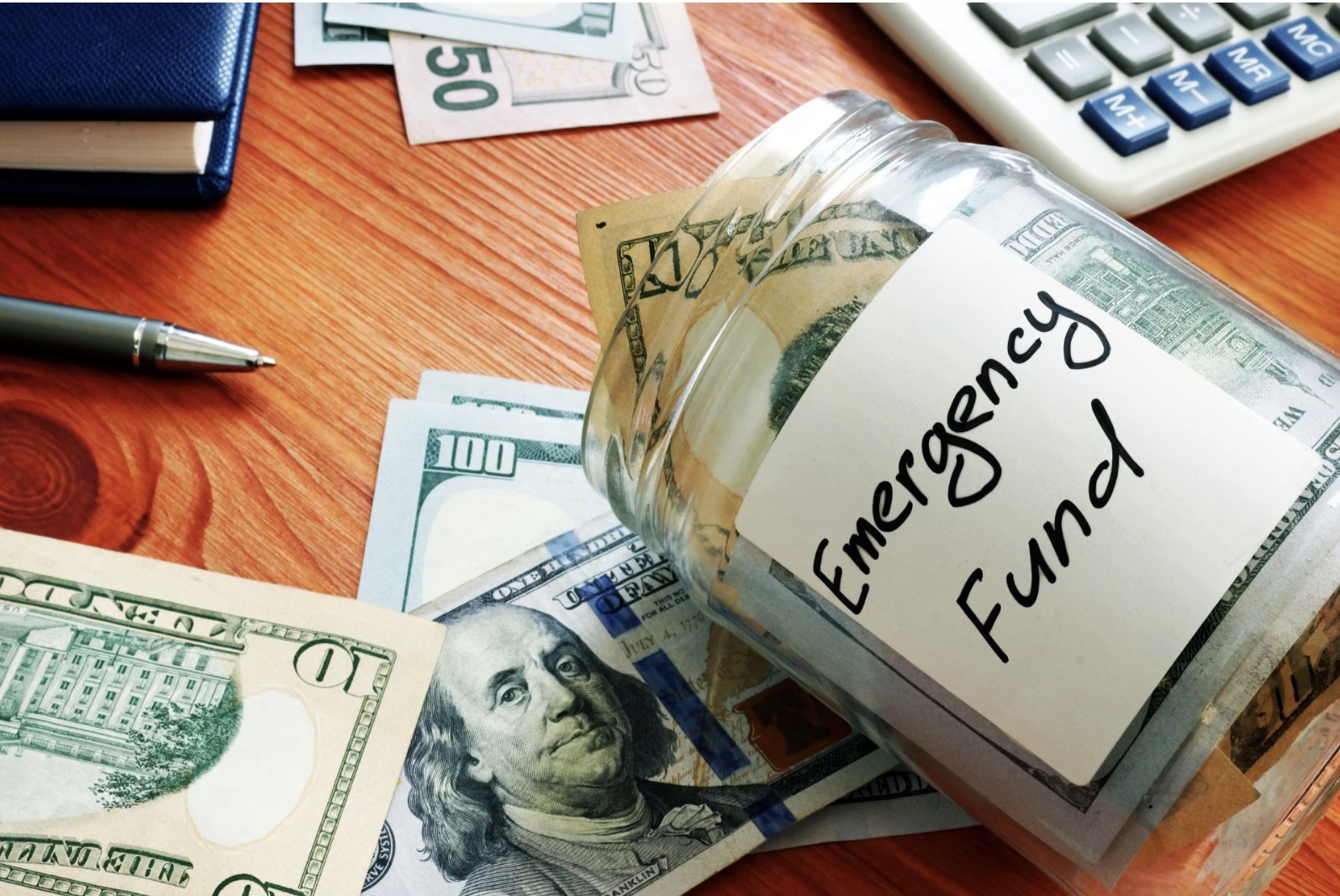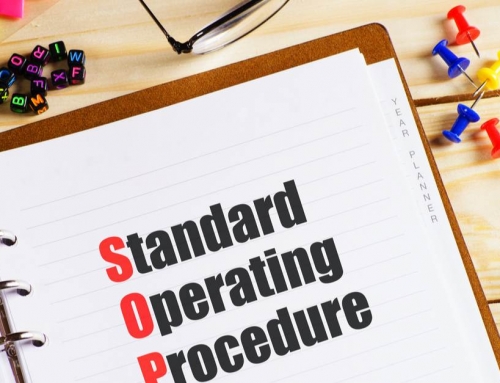Once you have all the income and all the expense categories filled in, now you can see what is the state of your finances.
You can see if you’re in profit (Just like a P&L statement) where you’re making more than you’re spending and now it’s in your awareness.
Sometimes people think they’re broke, but they’re not. They just don’t have a good P&L showing them everything including all their investments that are outside of their everyday checking account.
You might go, I only have this much money in my bank account but you’re not really seeing what’s going on with the funds you’ve invested.
If you’re in surplus, how much surplus every month? Are you feeling broke even if you made the investments? Because you shouldn’t, right? Because you’re making an investment, you’ve already taken care of all of your business, so you’re not really broke.
Check each month, are you in surplus or are you in a deficit? Perhaps you’re just about breaking even. If you’re just about breaking even, the first step is to start investing about 20% of the total income that you’re making right now.
If you’re breaking even, this may sound crazy because you’re like, “I’m breaking even. How can I save 20%?”
You will find that in this budget that you made, there will be items that either can be negotiated or can completely be deleted. And that’s the whole point of making the budget is about.
Most people are unaware of where they’re spending. Once it is brought to your awareness, you realize how you’re spending on things you don’t care about.
You don’t want to actually spend money on things that add nothing to your life do you?
It’s easy to impulse buy things. I’ll buy that little item, I’ll buy that cookie or snack, I’ll go to the grocery store for 1 thing and come out with several things that I want to try. I want to check out the latest bright and shiny thing. Don’t buy it.
It’s not adding value to your life. Only buy it if it’s adding value to your life.
Ask yourself, “Is it adding value to my life?”
Are you doing it to feel good, feel better or to numb yourself out? Are you using money as retail therapy?
Do you feel better when you spend your money on this thing or would you rather spend money on that other thing?
We all have items that we like spending money on and we can continue doing this if we choose to.
You can make as much as you spend and there are a lot of people that live like that. Living paycheck to paycheck.
However if you discover that you have a lot of items on your expense statement that you don’t actually value, you’ll start to see that you don’t need to spend all that money.
It will be habit forming to save that money instead.
You can begin to build these habits once you start seeing these additional funds. It’ll start with a couple of 100 dollars, but it can get to a couple of 1000 dollars and as you start to do that you’ll find that now, you’ll have some faith to at least invest in your future, to at least invest in things that you like.
Now you may not want to be focused on the future, especially if you’re the kind of investor that thinks life is to just enjoy every single day, you’re not going to think about tomorrow, it’s going to be perfectly OK, so at least let’s enjoy life now.
It’s time to break the cycle of being in and maintaining yourself in the anxiety of, “I’m breaking even every month. I’m breaking even badly. I’m struggling financially. If my salary is delayed by two days, I won’t be able to pay my bills.”
It’s time to stop living in that reality.
It’s time to be aware of what wealth means to you, how do you feel when you’re living a great life and start to live that life now with those things that actually matter, not with things that are just coming at you right now, which tends to be the case with most people.
You might be struggling with not being able to save anything, with everything that’s going on in your life right now
By doing a budget, will find that you actually can start to save up a little bit. You can also negotiate.
E.g. you can negotiate a 10% raise in your salary if you are an employee or an independent contractor that adds value to the company you work for. You can also negotiate a 10% reduction in the cost of services that you require or you can negotiate to lower your mortgage or your monthly rent.
Suddenly, if you save 5% or 10% from what you were spending, just because you are now more aware of what you’re spending on and you save 10% more. You have a nice sweet little pot of 20% of what you were making before that can either go into a bank account, can go into an investment fund, can go into an emergency fund, can go into a fund that may get you your next vacation, which ever one you choose.
You can find 20% more money in your existing portfolio, in the existing way that you’re making money if you look at your expenses and really curtail them and you also negotiate for a higher income or find a new way to make some additional money and now you have good 10 – 20% that you can really do something with, which is why it’s also important that you have an understanding of your budget, you understand where your expenses and income are and you also get clear on your short term financial goals and long term financial goals.
Short term financial goals are goals like, “I need to upgrade my car because my car is old, it’s not functioning well and costing a lot of money in repairs. I therefore need to buy a new car.”
That’s a short term financial goal. You can get focused on it and in a couple of months, you can get a down payment together.
A long term financial goal is, “ I want to buy a house because it gives me a sense of financial security, it gives me a sense of comfort, it give me a sense of stability, it gives me a sense of my creative expression and it’s a place for my family.
Another example is I want to purchase an investment property or properties.
That’s a long term financial goal that you may need to save up a little bit more before you can make a down payment on that or perhaps you already have it or you’re able to obtain the capital to make the investment via other means, such as grants, angel investors, joint venture partners.
So check in with yourself on what are your short term financial goals are and what their long term financial goals.
Once you get clear on that, you can then prioritize what’s more important to you.
Ask yourself, “Is it more important that I fulfill my short term financial goals first or do I focus on my long term financial goal and based on that I can then create a great savings plan that I can then start to use to meet that particular goal.”
Continue to track the numbers in your budget every three months to six months. That way you’ll be able to at a glance see where you are and pivot accordingly.






























